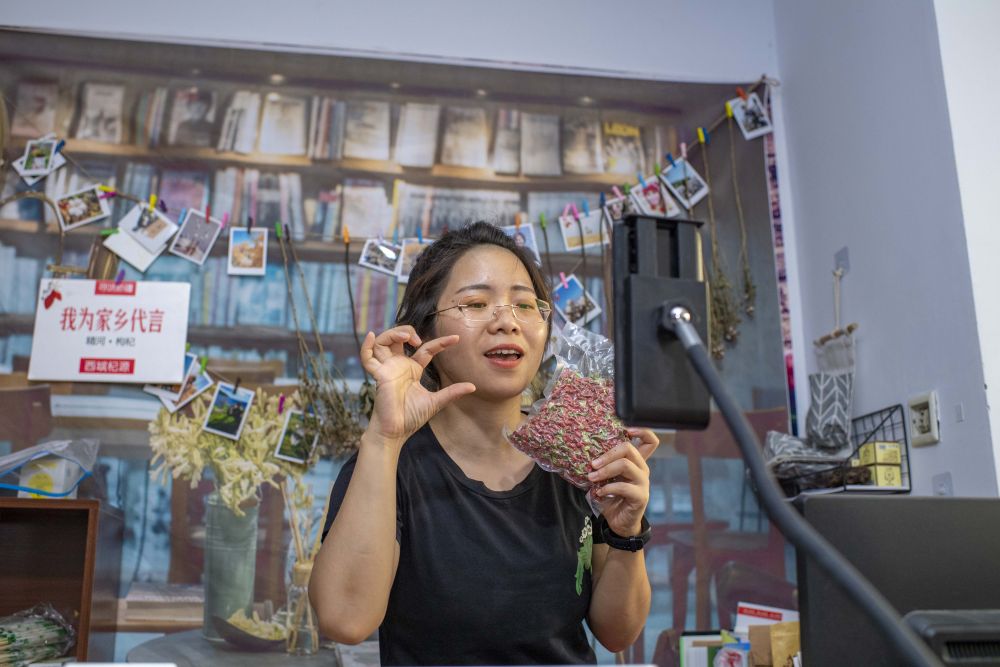#设计#npj: 低维材料设计与结构优化—快速机器学习
本文插图
【#设计#npj: 低维材料设计与结构优化—快速机器学习】
光子纳米结构由于独特的纳米尺度特征 , 在光谱 , 空间 , 甚至时间上都可以控制电磁波的光学状态 , 因此纳米光子器件将传统光学器件实现的所有功能扩展到更小的占位面积 , 解决诸如光通信 , 信号处理 , 生物传感 , 能量收集和成像等最新应用中的重大挑战 。 尽管在光子纳米结构的制造和实现方面取得了长足的进展 , 但目前为这些纳米结构开发精确且计算有效的设计和优化方法仍处于初级阶段 , 还依赖于通过详尽搜索设计参数空间对纳米结构进行分析建模 。 在当前的计算资源下 , 这些方法的使用仅限于利用穷举搜索技术进行分析建模来研究简单结构 , 并限于单个设计问题(即 , 当纳米结构发生微小变化时必须完全重复仿真) , 并且由于需要大量迭代才能找到最佳设计 , 因此迫切需要在计算方法上取得突破 。
来自美国佐治亚工学院电子与计算机工程学院的Ali Adibi教授团队 , 通过解决网络规模问题和非唯一性问题 , 提出了一种用于设计复杂EM纳米结构的新方法 , 法基于通过训练称为自动编码器的多层神经网络来减少设计空间和响应空间的维数 , 将问题变成了一对一的问题 。 减少的空间 , 可以用更少的计算复杂度来解决 。 这种有效的方法为复杂的EM纳米结构的理解 , 设计和优化铺平了道路 , 其计算复杂度远低于传统方法 。 此外 , 可以在可接受的误差与仿真的复杂度(和时间)之间进行权衡 , 以解决具有所需计算复杂度的不同问题 , 或获得有关设计参数在设计中的作用的快速(近似)信息 。 作为概念验证 , 作者应用本方法设计了一类基于相变材料(PCMs)的按需可重构光学亚表面 。 所制备的器件的实验结果与所提出的方法预测的结果一致 。 这种基于DL的技术与全波商业软件包的集成提供了一个强大的工具包 , 有助于电磁纳米结构的分析、设计和优化 , 以及解释、理解和预测在此类结构中观察到的响应 。 因此 , 它将能够解决现有技术无法解决的复杂设计问题 。
该文近期发表于npj Computational Materials 6: 12 (2020) , 英文标题与摘要如下 , 点击https://www.nature.com/articles/s41524-020-0276-y可以自由获取论文PDF 。
本文插图
Deep learning approach based on dimensionality reduction for designing electromagnetic nanostructures
Yashar Kiarashinejad, Sajjad Abdollahramezani & Ali Adibi
In this paper, we demonstrate a computationally efficient new approach based on deep learning (DL) techniques for analysis, design and optimization of electromagnetic (EM) nanostructures. We use the strong correlation among features of a generic EM problem to considerably reduce the dimensionality of the problem and thus, the computational complexity, without imposing considerable errors. By employing the dimensionality reduction concept using the more recently demonstrated autoencoder technique, we redefine the conventional many-to-one design problem in EM nanostructures into a one-to-one problem plus a much simpler many-to-one problem, which can be simply solved using an analytic formulation. This approach reduces the computational complexity in solving both the forward problem (i.e., analysis) and the inverse problem (i.e., design) by orders of magnitude compared to conventional approaches. In addition, it provides analytic formulations that, despite their complexity, can be used to obtain intuitive understanding of the physics and dynamics of EM wave interaction with nanostructures with minimal computation requirements. As a proof-of-concept, we applied such an efficacious method to design a new class of on-demand reconfigurable optical metasurfaces based on phase-change materials (PCMs). The experimental results of the fabricated devices are in good agreement with those predicted by the proposed approach. We envision that the integration of such a DL-based technique with full-wave commercial software packages offers a powerful toolkit to facilitate the analysis, design, and optimization of the EM nanostructures as well as explaining, understanding, and predicting the observed responses in such structures. It will thus enable to solve complex design problems that could not be solved with existing techniques.
推荐阅读
- 苹果:iPhone12 CAD图纸意外曝光!全新外观设计
- 蚕豆■三星新无线耳机渲染图曝光:设计完全改版神似蚕豆搭配三款配色
- 【刘海】iPhone12基本确定,设计有亮点,可以和三星S20U说再见了
- 科技犬玩机:iPhone12基本确定,设计有亮点,可以和三星S20U说再见了
- 「ROM乐园TB」三星新无线耳机渲染图曝光:设计完全改版神似蚕豆搭配三款配色
- ■新形势下传统企业破局重生林魔头教你从商业模式设计开始
- :iPhone12真机首次曝光,外观设计致敬乔布斯,性能有望全球第一
- 【】iPhone12 Pro Max设计细节曝光,刘海有望缩小
- 「并行」高速PCB设计必备知识:并行总线VS串行总线
- 「」不跟随不妥协!这些设计“别具一格”的旗舰千万别错过


















